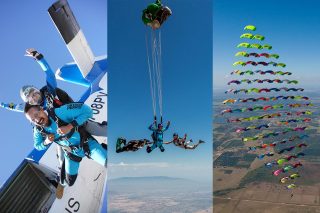Safety
View Our Safety Rules
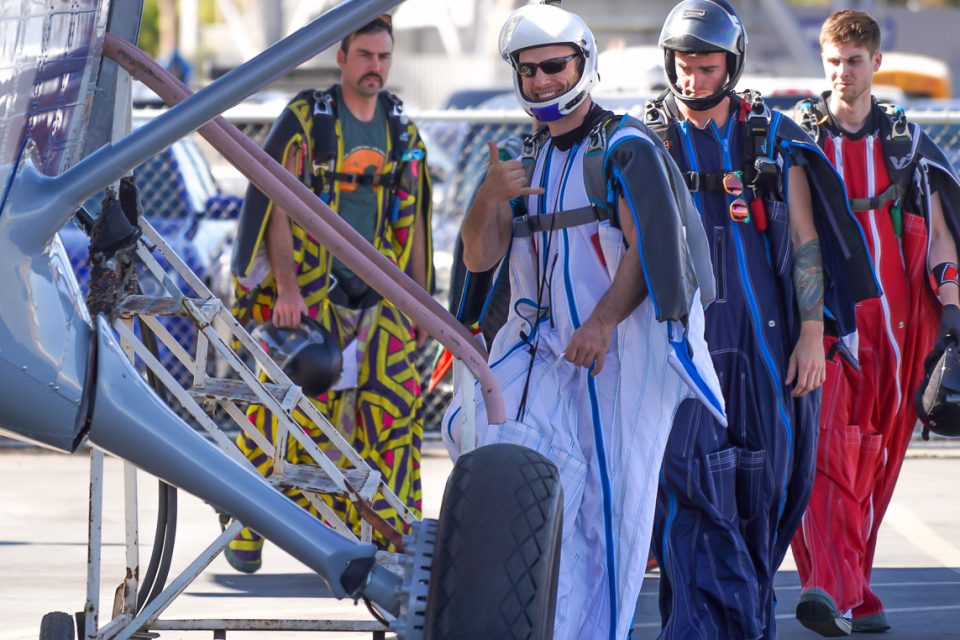
Safety Rules
Prior to stepping onto any aircraft at Skydive Perris, ensure you're well-versed in our Safety Rules, including our policies, loading techniques, and exit procedures.
Read More
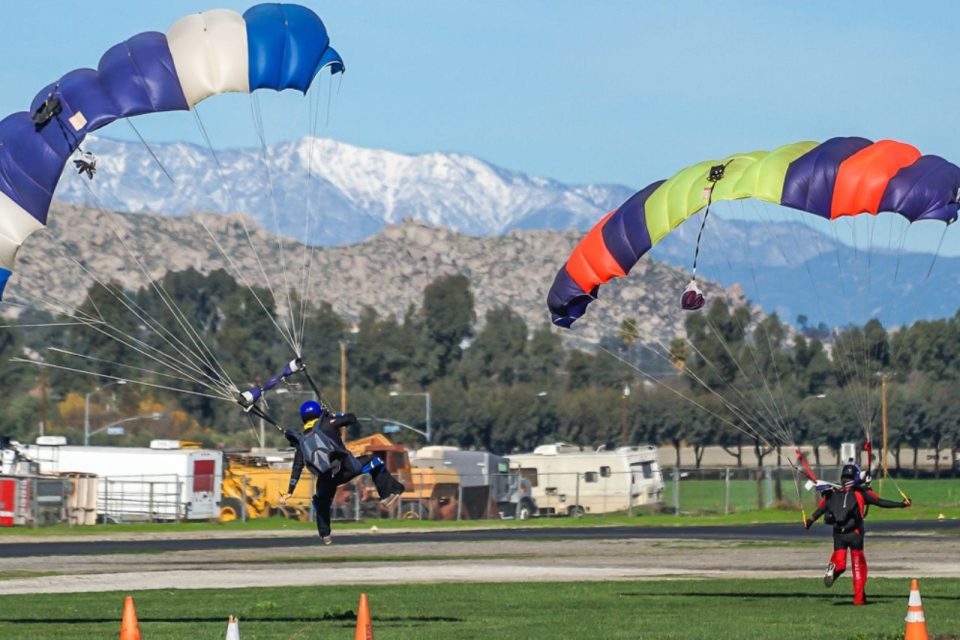
Safety Requirements
Learn about jumper prerequisites, currency requirements, the waiver process, and info regarding TSO authorized equipment.
Read More
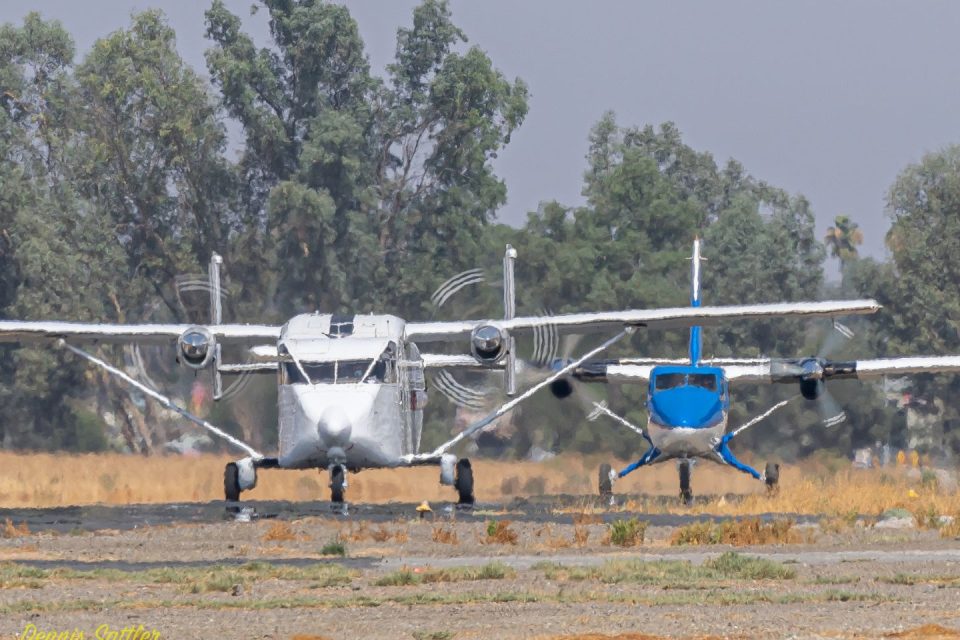
Horizontal Flying & Landing Areas
Skydive Perris boasts a large landing area with two dedicated zones - a main and a high-performance landing area. Ensure you're familiar with both.
Read More
